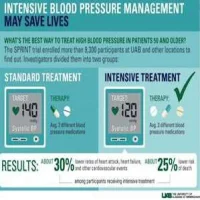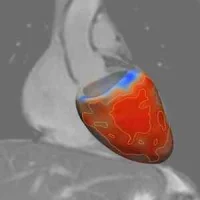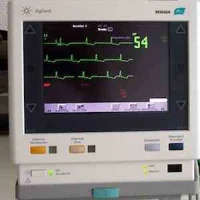Scientists at The Ohio State University Davis Heart and Lung Research Institute have identified a new target that could make drug discovery for treatment of heart arrhythmias happen sooner. The results of the research are published in Circulation.
The research team led by Thomas Hund believes that the key resides in voltage-gated sodium channels, nanoscopic pores that control the flow of sodium ions across the heart cell membrane. Normally, these pores open and close quickly and in sync with other cell functions. But in cells from sick hearts, these channels are unable to inactivate properly resulting in an excess of sodium and a build-up of calcium which leads to arrhythmia and symptoms of heart failure.
“We know dysregulation of a protein enzyme called multifunctional CaM kinase II plays a role in disrupting sodium channel function in cardiac disease, but it was a matter of determining how this occurred and whether we could we prevent it for therapeutic benefit,” said Hund, an associate professor of biomedical engineering at The Ohio State University.
The research team identified a phosphorylation site on the voltage-gated sodium channel targeted by CaM kinase II that serves as a switch for inappropriate “late” sodium influx. In two genetically modified mouse models, one group had the switch permanently turned off while one had it permanently turned on. Then the two models and a control group underwent chronic cardiac stress.
Heart function dropped by 50 percent in the control group. Subjects with the switch turned off fared better and demonstrated a 10 percent reduction in heart function. Subjects with the switch demonstrated late sodium channel current and arrhythmias even at baseline.
Prof Hund explains that a specific site on the channel can be targeted to preserve normal sodium channel and heart function even under chronic stress. This discovery can lead to the development of treatment strategies that could prevent phosphorylation of that site.
Source: Ohio State University Wexner Medical Center
Image Credit: Pixabay










